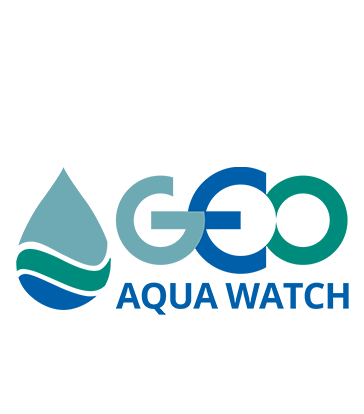
- This event has passed.
GEOAquaWatch Webinar – Marco Bracaglia CNR
September 17, 2020 @ 2:00 pm - 3:00 pm


Title: A Virtual Geostationary Ocean Color Sensor to Analyze the Coastal Optical Variability
Presenter: Marco Bracaglia , CNR
Date: September 17, 2020 2pm UTC
Abstract: in the coastal environment the optical properties can vary on temporal scales that are shorter than the near-polar orbiting satellite temporal resolution (~1 image per day), which does not allow capturing most of the coastal optical variability. The objective of this work is to fill the gap between the near-polar orbiting and geostationary sensor temporal resolutions, as the latter sensors provide multiple images of the same basin during the same day. To do that, a Level 3 hyper-temporal analysis-ready Ocean Color (OC) dataset, named Virtual Geostationary Ocean Color Sensor (VGOCS), has been created. This dataset contains the observations acquired over the North Adriatic Sea by the currently functioning near-polar orbiting sensors, allowing approaching the geostationary sensor temporal resolution. The problem in using data from different sensors is that they are characterized by different uncertainty sources that can introduce artifacts between different satellite images. Hence, the sensors have different spatial and spectral resolutions, their calibration procedures can have different accuracies, and their Level 2 data can be retrieved using different processing chains. Such differences were reduced here by adjusting the satellite data with a multi-linear regression algorithm that exploits the Fiducial Reference Measurements data stream of the AERONET-OC water-leaving radiance acquired at the Acqua Alta Oceanographic Tower, located in the Gulf of Venice. This work aims to prove the suitability of VGOCS in analyzing the coastal optical variability, presenting the improvement brought by the adjustment on the quality of the satellite data, the VGOCS spatial and temporal coverage, and the inter-sensor differences. Hence, the adjustment will strongly increase the agreement between the satellite and in situ data and between data from different near-polar orbiting OC imagers; moreover, the adjustment will make available data traditionally masked in the standard processing chains, increasing the VGOCS spatial and temporal coverage, fundamental to analyze the coastal optical variability. Finally, the fulfillment by VGOCS of the three conditions for a hyper-temporal dataset will be demonstrated in this work.
Biography: Dr. Marco Bracaglia graduated in Physics on 27/05/2016 at the University of Rome Tor Vergata. He attended a Ph.D. course in Environmental Phenomena and Risks at the Parthenope University of Naples and the CNR-ISMAR of Rome Tor Vergata. He completed the Ph.D. with the dissertation of its thesis “A Virtual Geostationary Ocean Colour Sensor to observe short term variations in particulate matter in the coastal environment” on 21/05/2020. He is currently a research fellow at the CNR-ISMAR in Rome Tor Vergata and technical manager of the Ocean Colour Thematic Assembly Center (OC-TAC) in the framework of the Copernicus Marine Environment Monitoring Service (CMEMS). His scientific interests are Ocean Color, remote sensing, bio-optical dynamics in optically complex waters, data processing, calibration and validation of Ocean Color satellite data.
See meeting login details on our website.
